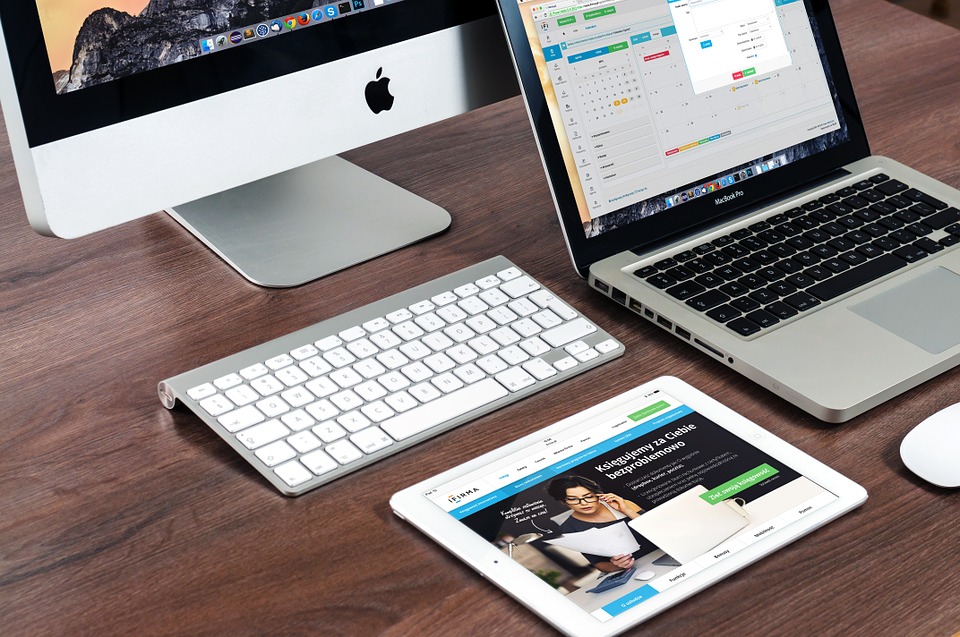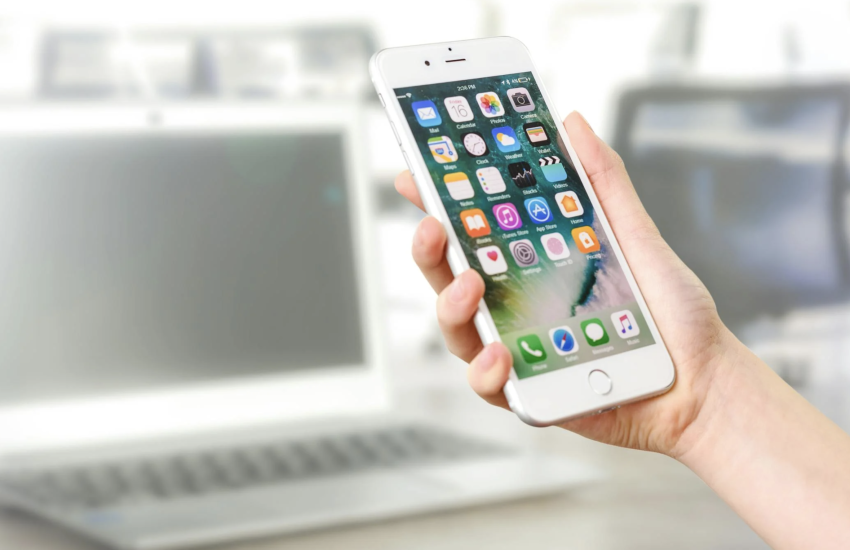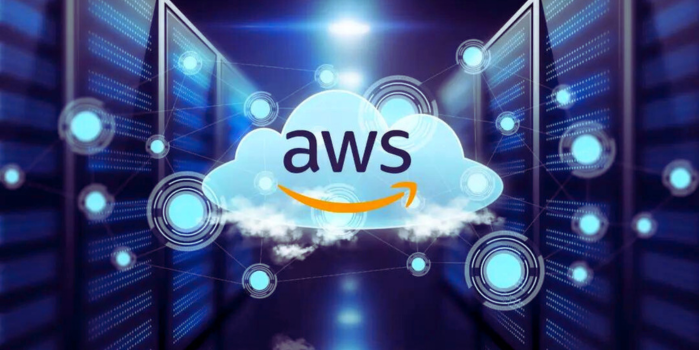How Technology Has Transformed the Modern Office
Today’s office looks nothing like the office of twenty years ago. These changes have come not only in the design and setup of the office but in the equipment and technology that is used as well. Today’s technology advances at a greater speed than any other time in history. It is safe to say that in ten years’ time, the office then will look and function differently compared to today. Here are some of the ways in which technology has transformed the modern office.
Before email technology became commonplace, the main modes of written communication in the office were letters and fax. These had several disadvantages. Letters sent through the post office took several days to get to the recipient. Once the recipient received the letter, she would have to spend some energy opening it and filing these letters took up quite a chunk of office space. There was also the real possibility of the letter falling through the cracks in the post office system and not getting to the recipient. Retrieving letters and sharing them was also a cumbersome affair. One had to go through several piles of letters just to get to the one she wanted.
These are all problems that have been taken care of by email technology. An email is received just a few seconds after it has been sent. There is no need to print the email and this saves both paper and office space. Retrieving emails takes only a few seconds and the email can be shared among several people at the click of a button.
- Word processors, spreadsheets and slides.
Another positive revolution witnessed in the modern office is the use of word processors, spreadsheets and slides. Word processors make typing of word documents more convenient than using the old typewriters. One of the key features of word processors is autocorrect, which automatically rectifies a misspelled word. Spreadsheets have simplified presentation of mathematical data and slides have made group presentations more engaging.
- Printing
The printers of old are a far cry from what we have today. It would take up to several minutes to print a single document. This means that it could take you several hours to print several pages for a presentation you needed to make to a group. The quality of what was printed was also poor. Modern printers are faster and produce better quality of print and images. Several modern printers also have additional built-in features such as scanners and faxes.
- Video conferencing
Video conferencing has made it possible for people in different offices in different locations to communicate as if they were all seated in the same office. This has helped to cut costs in multinational corporations. Before the onset of video conferencing, one management had to fly top officials from different branches to the head office for key meetings. With video conferencing, however, this has been rendered irrelevant. Meetings can be held at the same time in offices at different continents.
Hiring has also been made easier by videoconferencing. The best talent that a company needs is not always found near where the offices are. Smart people who fit the job could be thousands of miles away. They would be discouraged to apply for a particular job since they were the ones to make all the necessary travel arrangements. It is now possible to interview such people via video conference from a place of their choice.
- Biometric Security Systems
Out go the keys and safe combinations and in comes the biometric security systems. With these systems, all you need is your fingerprint to access your office or other designated areas. This takes away the fear of losing your keys and saves you time shuffling through a bunch of keys just to find the right one. More importantly, this security system is more secure since it is not possible for a fraudster to steal or copy your key.
It has also made human resource departments more efficient in tracking employee productivity and punctuality. It is no longer possible for a colleague at work to sign on your behalf that you went to work at a particular time when, in reality, you showed up an hour later.
Eye scanning is also a futuristic technology that more and more companies are gradually embracing. This applies in both access through certain designated doors as well as accessing your laptop or PC. You will no longer have to key in long passwords that need to be changed regularly. All you will need is something you have had since birth – your eye.


















